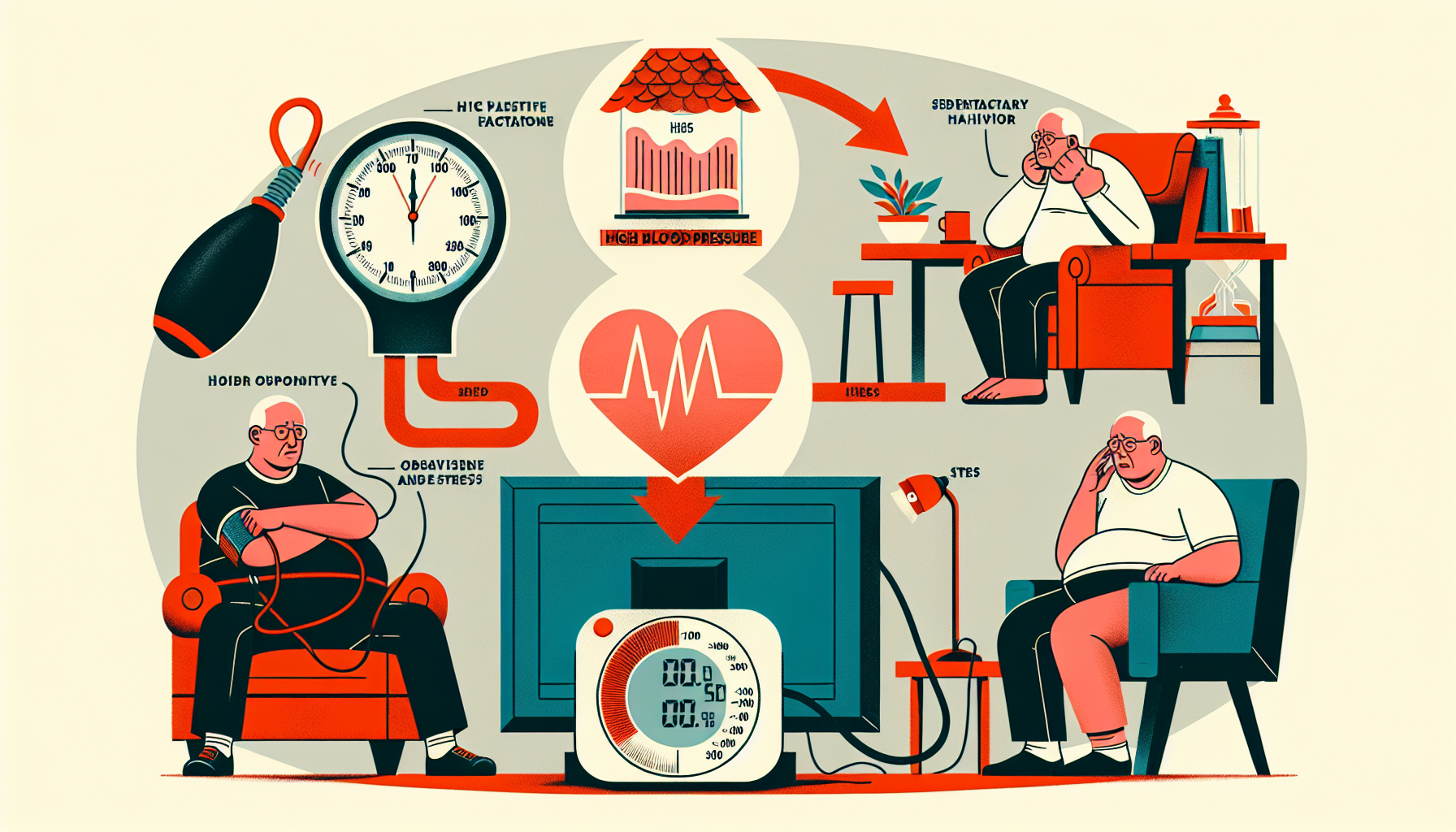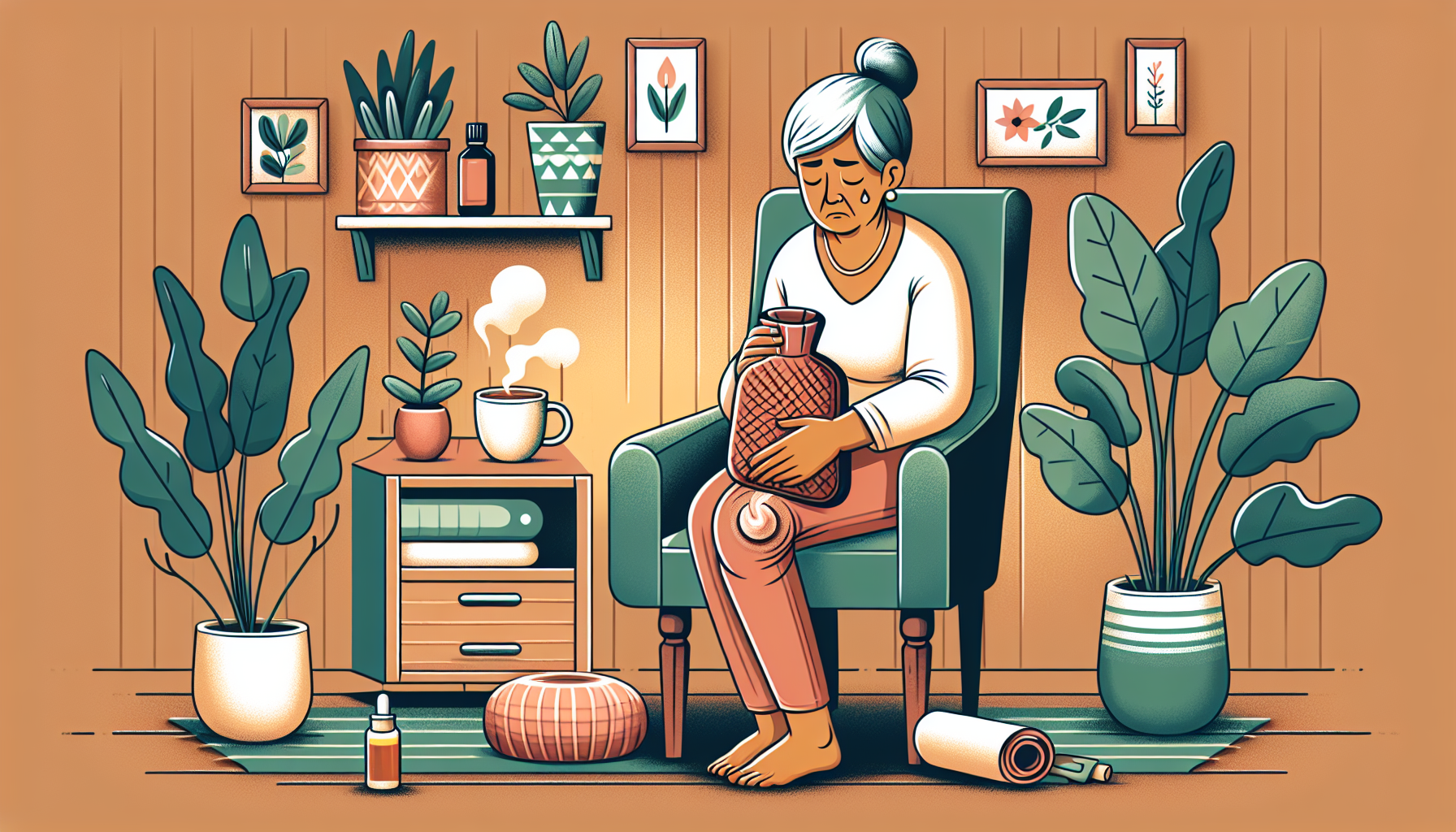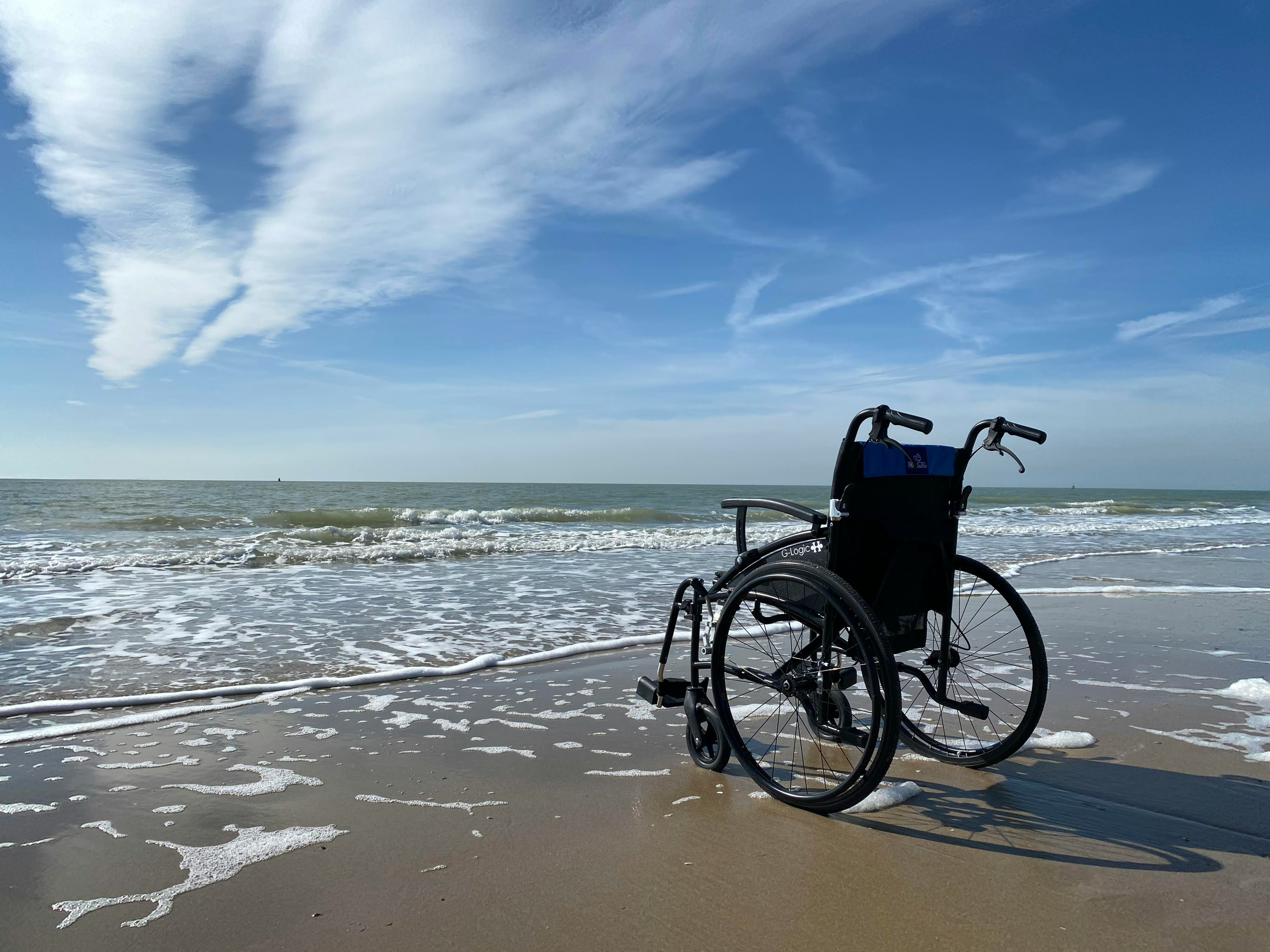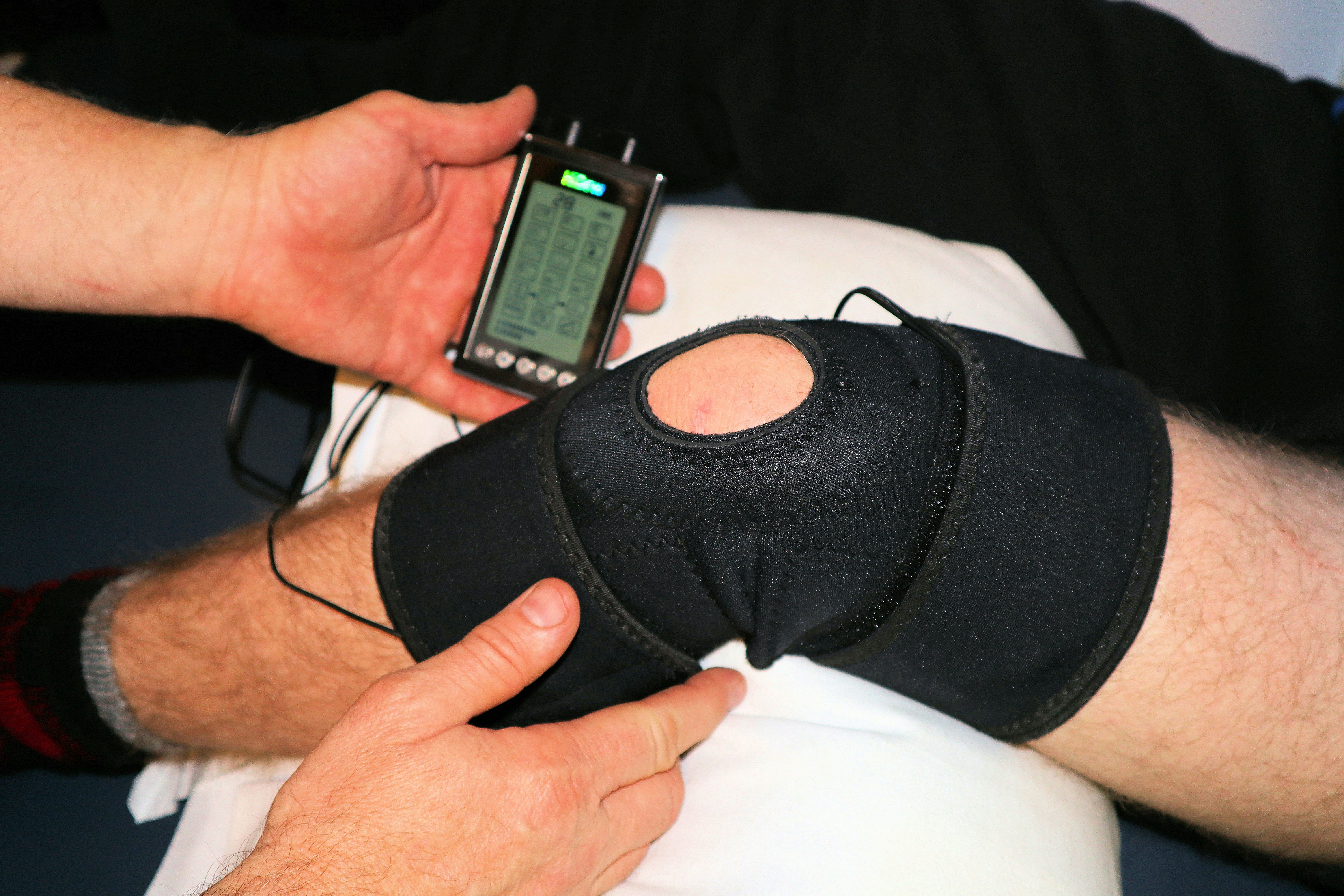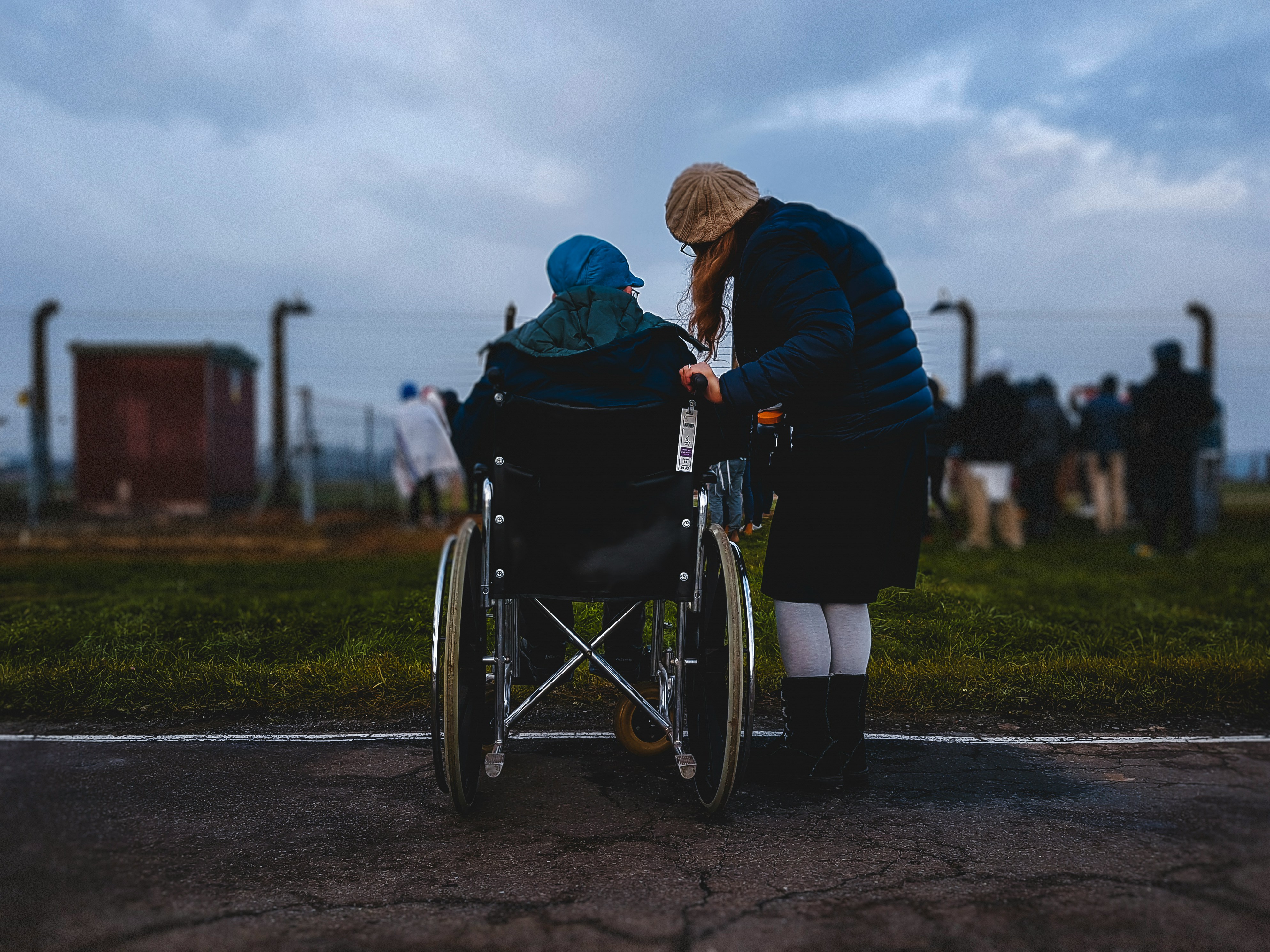Celebrating The Arthritis Awareness Month
Discover the impact, types, and how you can support the cause.

Understanding Arthritis Awareness Month
Arthritis Awareness Month, observed every May, holds great significance in raising awareness about the various debilitating diseases within the arthritis family. The month-long campaign provides an opportunity to educate the public about the more than 100 types of arthritis, including osteoarthritis, rheumatoid arthritis, psoriatic arthritis, gout, and lupus [1].
Significance of May
May serves as a crucial time to shed light on arthritis and its impact on individuals and communities. By dedicating an entire month to arthritis awareness, organizations, healthcare professionals, and advocates have the chance to emphasize the importance of early detection, proper management, and ongoing support for those living with arthritis.
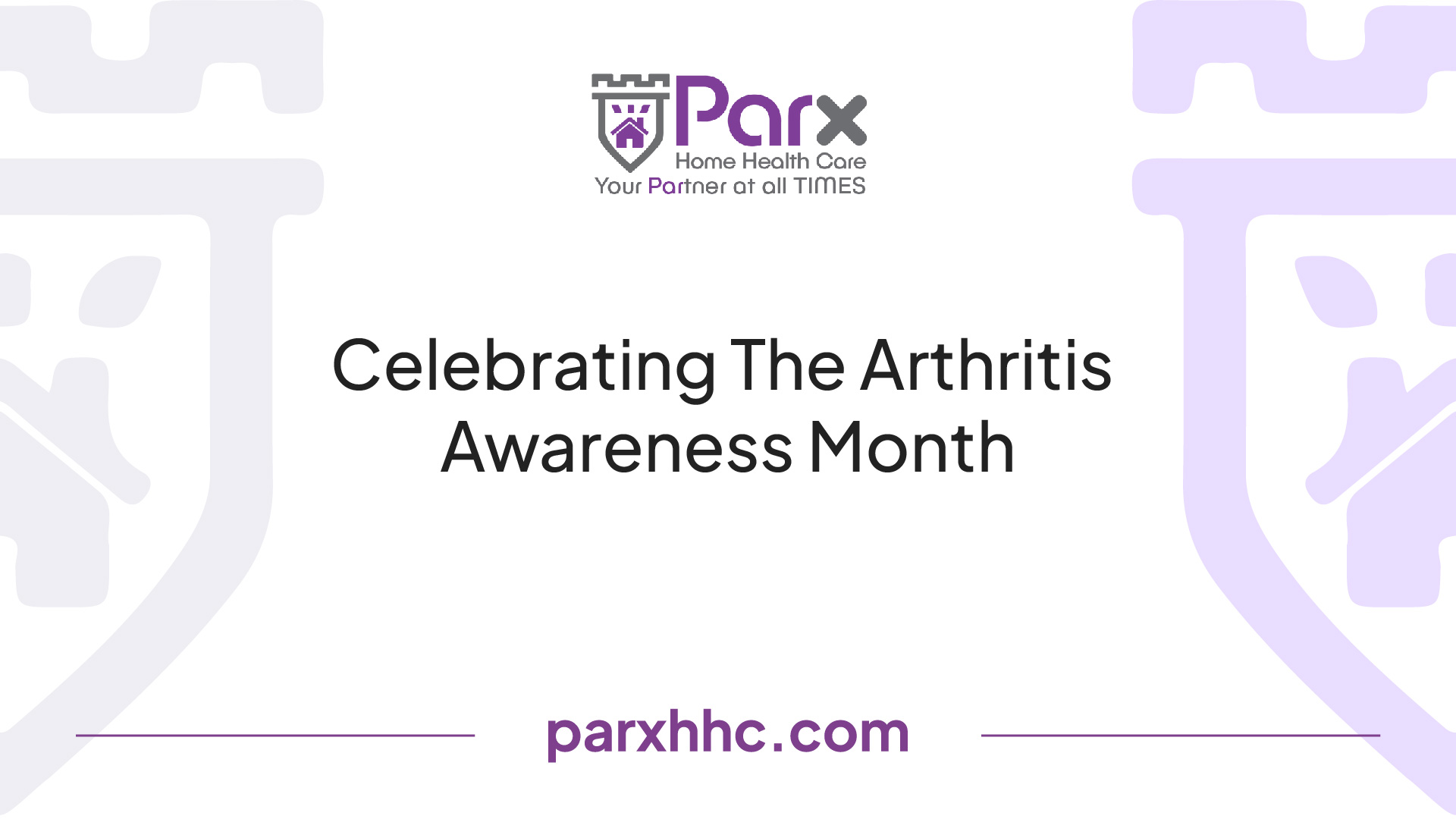
Throughout Arthritis Awareness Month, various activities and initiatives take place to promote education, encourage advocacy, and facilitate fundraising efforts. By coming together during this time, individuals and communities can make a meaningful impact on the lives of those affected by arthritis.
Arthritis Family Diseases
The arthritis family encompasses a wide range of diseases, each with its own unique characteristics and effects on the body. Some of the most common types of arthritis include:
- Osteoarthritis: The most prevalent form of arthritis, characterized by the breakdown of cartilage in the joints. It commonly affects weight-bearing joints such as the knees, hips, and spine. For more information, visit our article on arthritis knee support.
- Rheumatoid Arthritis: An autoimmune disease where the body's immune system mistakenly attacks the joints, resulting in chronic inflammation, pain, and joint damage. It can also affect other organs and systems in the body.
- Psoriatic Arthritis: A form of arthritis that often develops in individuals with psoriasis, a skin condition characterized by red, scaly patches. Psoriatic arthritis can cause joint pain, stiffness, and swelling, and may also affect the skin and nails.
- Gout: A type of arthritis caused by the buildup of uric acid crystals in the joints, leading to sudden and severe episodes of joint pain, particularly in the big toe.
- Lupus: An autoimmune disease that can affect multiple organs and systems in the body, including the joints. Lupus-related arthritis can cause joint pain, swelling, and stiffness.
Understanding the diversity of diseases within the arthritis family is essential for promoting awareness, fostering empathy, and supporting individuals with arthritis on their journey to better health.
As Arthritis Awareness Month approaches, let us join forces to educate, advocate, and raise funds to improve the lives of those affected by arthritis. Together, we can make a difference in the lives of millions impacted by these conditions.
Supporting Arthritis Initiatives
As Arthritis Awareness Month approaches, it's important to recognize the significance of supporting initiatives that aim to raise awareness and provide crucial resources for individuals living with arthritis. Donations and fundraising efforts play a vital role in advancing research, advocating for better care, and improving the lives of those affected by this chronic condition.
Importance of Donations
Donations contribute to scientific breakthroughs, legislative wins, and life-improvement programs, bringing the community closer to finding a cure for arthritis. By supporting organizations such as the Arthritis Foundation, donors play a crucial role in funding innovative research that seeks to understand the causes of arthritis, develop more effective treatments, and ultimately find a cure. These donations also support programs that provide education, resources, and support to individuals living with arthritis, helping them better manage their condition and improve their quality of life.
Monthly donors make an even greater impact by providing consistent support for arthritis research and resources. Their ongoing contributions ensure that vital initiatives can continue to make a difference in the lives of those affected by arthritis.
Fundraising for Awareness
Fundraising efforts are another way to support arthritis initiatives and increase awareness of this chronic condition. Individuals can participate in signature events organized by arthritis foundations or create personal fundraising initiatives to raise funds for research, education, and support programs. These efforts not only contribute to important causes but also help raise awareness about arthritis and the challenges faced by those living with the condition.
By organizing fundraising events, such as charity walks, runs, or online campaigns, caregivers and their communities can come together to show support for individuals with arthritis and raise funds that will make a meaningful impact. These initiatives not only provide financial contributions but also foster a sense of community, solidarity, and hope.
To get involved in fundraising for arthritis awareness, individuals can reach out to local arthritis organizations or visit the website of the Arthritis Foundation to explore different opportunities and learn about ongoing campaigns and events. Together, we can make a difference in the lives of those living with arthritis and work towards a future free from the burdens of this chronic condition.
Remember, every donation, big or small, and every fundraising effort counts. By supporting arthritis initiatives, caregivers play a crucial role in improving the lives of individuals with arthritis and moving closer to a future with better treatments and ultimately, a cure.
Advocacy for Arthritis
Advocacy plays a crucial role in breaking down barriers to care and raising awareness for individuals living with arthritis. By sharing personal stories and contacting legislators about key arthritis priorities, individuals and organizations can make a significant impact in improving the lives of those affected by this condition.
Role of Personal Stories
Personal stories have the power to humanize the experiences of individuals with arthritis and create empathy among others. Sharing personal stories can help raise awareness, educate the public, and reduce the stigma associated with arthritis. When people hear firsthand accounts of the challenges faced by those with arthritis, they are more likely to understand the impact of the condition and become motivated to support initiatives that improve arthritis care and research.
By sharing personal stories through various platforms such as social media, blogs, or support groups, individuals can connect with others who have similar experiences. These stories can provide comfort, inspiration, and validation to those living with arthritis, while also fostering a sense of community.
Contacting Legislators
Another essential aspect of arthritis advocacy is contacting legislators to raise awareness about key arthritis priorities. Legislators have the power to influence policies, funding, and resources related to arthritis research, treatment, and support. By contacting legislators, individuals and organizations can urge them to prioritize arthritis-related issues and support initiatives that benefit the arthritis community.
When reaching out to legislators, it's important to clearly communicate the needs of individuals with arthritis and the importance of supporting initiatives that improve access to care, promote research, and enhance public understanding. This can be done through letters, emails, phone calls, or meetings with legislators or their staff. Additionally, collaborating with arthritis advocacy organizations can amplify the impact of these efforts.
By advocating for arthritis, individuals and organizations can contribute to shaping policies and programs that address the needs of those living with arthritis. Together, personal stories and contacting legislators create a powerful force for change in improving arthritis care, research, and support.
Impact of Arthritis
Arthritis is a widespread condition that has a significant impact on individuals and communities. Understanding the prevalence of arthritis and its effects on activity limitations is essential in raising awareness and promoting support for those affected.
Prevalence in the US
Arthritis affects a substantial number of adults in the United States. According to the latest estimates, approximately 58.5 million adults, or about 23.7% of the population, are affected by some form of arthritis [3]. This prevalence highlights the importance of addressing the needs and challenges faced by individuals with arthritis.
As the population of older Americans continues to grow and rates of obesity and overweight increase, the number of people with arthritis-attributable activity limitations is projected to rise. This underscores the need for increased awareness, support, and resources to help individuals manage their arthritis symptoms and maintain a high quality of life [3].
Effects on Activity Limitations
Arthritis can have a profound impact on an individual's ability to perform daily activities. The pain, stiffness, and joint inflammation associated with arthritis can limit mobility and hinder the completion of tasks that were once taken for granted.
Activities such as walking, climbing stairs, and even simple tasks like opening a jar or buttoning a shirt can become challenging for individuals with arthritis. These limitations can significantly impact an individual's independence, overall well-being, and quality of life.
To manage the effects of arthritis on activity limitations, various interventions and support systems are available. These range from assistive devices, such as arthritis knee supports, to lifestyle modifications, including regular exercise and weight management. Engaging in low-impact exercises, such as swimming or using exercise bikes for seniors, can help maintain joint flexibility, strengthen muscles, and reduce pain associated with arthritis.
By understanding the prevalence of arthritis and its impact on activity limitations, we can work towards creating a more supportive and inclusive environment for individuals living with arthritis. Increased awareness and access to resources can empower individuals to manage their condition effectively and enhance their overall quality of life.
Types of Arthritis
Arthritis encompasses a range of conditions that affect the joints, causing pain, inflammation, and reduced mobility. Understanding the different types of arthritis can help individuals and caregivers better navigate the challenges associated with each condition. Here, we will provide an overview of four common types of arthritis: osteoarthritis, rheumatoid arthritis, psoriatic arthritis, and gout.
Osteoarthritis Overview
Osteoarthritis (OA) is the most prevalent form of arthritis, especially among older individuals. It primarily affects the cartilage, the protective tissue that covers the ends of bones in a joint. Over time, the cartilage can break down and wear away, leading to bones rubbing against each other, resulting in pain, swelling, and limited joint movement. OA commonly affects weight-bearing joints such as the knees, hips, and spine.
Rheumatoid Arthritis Basics
Rheumatoid arthritis (RA) is an autoimmune disease in which the immune system mistakenly attacks the joints, leading to chronic inflammation. If left untreated, RA can cause severe joint damage and deformities. The condition is characterized by joint pain, swelling, stiffness, and fatigue. Rheumatoid arthritis can affect multiple joints throughout the body, including the hands, feet, and wrists. Early diagnosis and appropriate treatment are essential in managing RA and minimizing its impact on daily life.
Psoriatic Arthritis Insights
Psoriatic arthritis (PsA) is a type of arthritis that often occurs in individuals with psoriasis, a chronic skin condition. PsA is characterized by joint inflammation and skin symptoms, including red, scaly patches of skin. The condition can affect any joint in the body and may cause swollen fingers and toes, discolored fingernails, and pain. Psoriatic arthritis varies in severity and can have a significant impact on an individual's quality of life. Understanding the connection between psoriasis and psoriatic arthritis can help individuals seek appropriate treatment and management strategies.
Gout Explanation
Gout is a form of inflammatory arthritis that occurs when there is a buildup of uric acid crystals in a joint. It often affects the big toe, causing sudden and severe pain, tenderness, redness, and swelling. Gout attacks can be triggered by certain foods, alcohol consumption, and other factors. Proper management of gout involves lifestyle changes, including dietary modifications and medications, to prevent future attacks and reduce the risk of long-term joint damage.
By familiarizing yourself with the different types of arthritis, you can better understand the specific challenges and treatment options associated with each condition. Remember, early detection, appropriate treatment, and ongoing support are key in managing arthritis and improving overall quality of life.
Osteoarthritis Awareness Week
During the month of May, various initiatives take place to raise awareness about arthritis, and one significant event is Osteoarthritis Awareness Week, which falls on the second week of May. This week serves as an opportunity to highlight the impact of osteoarthritis and promote understanding and support for those affected by this condition.
CDC Promotion
The Centers for Disease Control and Prevention (CDC) and the OA Action Alliance play a vital role in promoting Osteoarthritis Awareness Week. They encourage individuals to participate by utilizing social media platforms to share information and personal experiences related to osteoarthritis. By using the hashtag #OAAwarenessWeek in social media posts during this week, individuals can help spread awareness about osteoarthritis and its impact on daily life [3].
Social Media Involvement
Social media has become an effective tool for raising awareness and engaging with a wider audience. During Osteoarthritis Awareness Week, individuals are encouraged to use social media platforms to share stories, information, and resources related to osteoarthritis. By using the designated hashtag #OAAwarenessWeek, individuals can join the conversation and contribute to the awareness campaign.
Sharing personal stories and experiences on social media can provide valuable insights into the challenges faced by those living with osteoarthritis. It can also create a supportive community where individuals can find encouragement and connect with others who share similar experiences. Additionally, social media allows for the dissemination of educational content, including tips for managing osteoarthritis symptoms, information about treatment options, and resources for support.
Through social media involvement during Osteoarthritis Awareness Week, caregivers, individuals with osteoarthritis, healthcare professionals, and organizations can come together to raise awareness, provide support, and foster a sense of community. By sharing information, experiences, and resources, the impact of Osteoarthritis Awareness Week can extend beyond a single week and continue to make a difference in the lives of those affected by osteoarthritis.
Remember to mark your calendars for Osteoarthritis Awareness Week and join the online conversation using the hashtag #OAAwarenessWeek. Together, we can raise awareness and support for individuals living with osteoarthritis and work towards a better understanding of this condition.
References
[1]: https://www.arthritis.org/about-arthritis/arthritis-awareness-month
[2]: https://www.arthritis.org/get-involved
[3]: https://oaaction.unc.edu/2022/05/may-is-arthritis-awareness-month/














